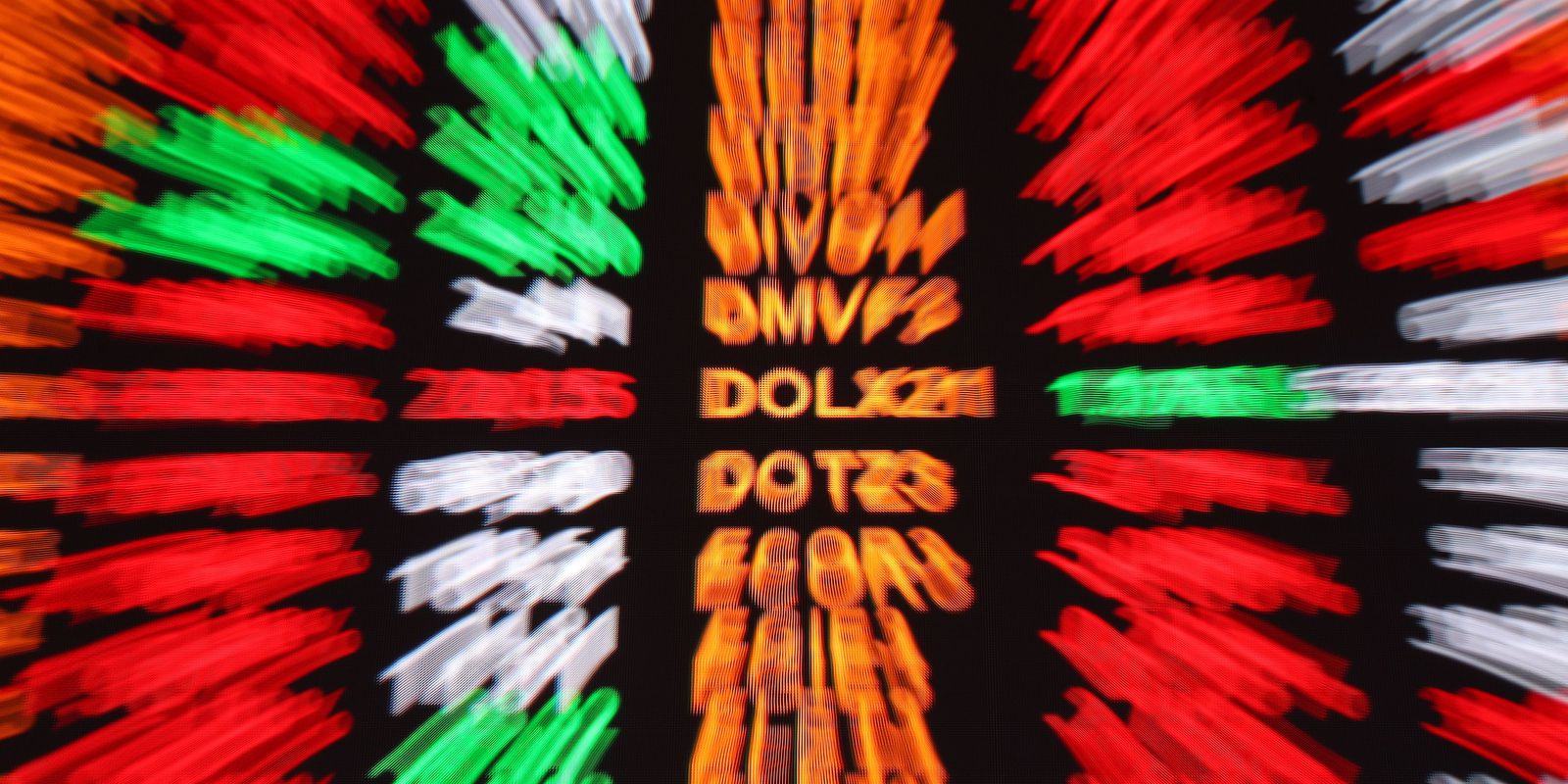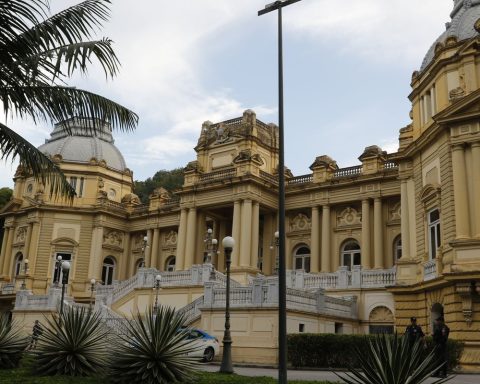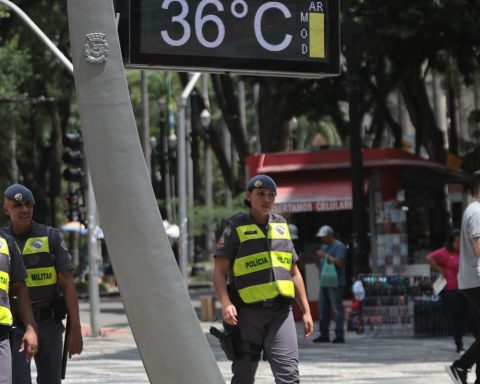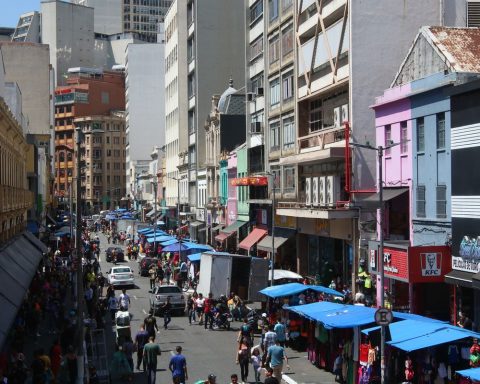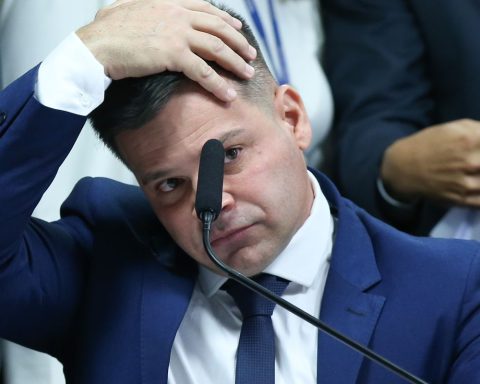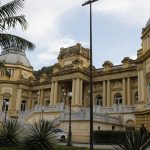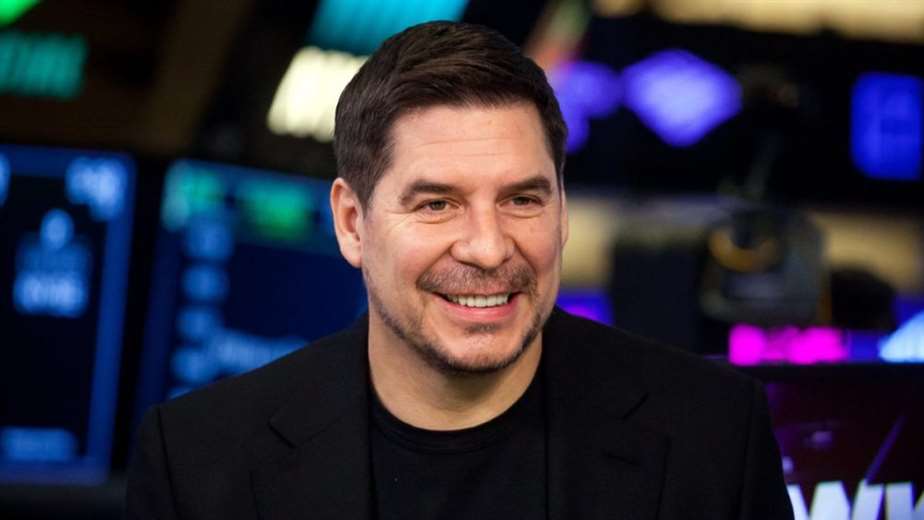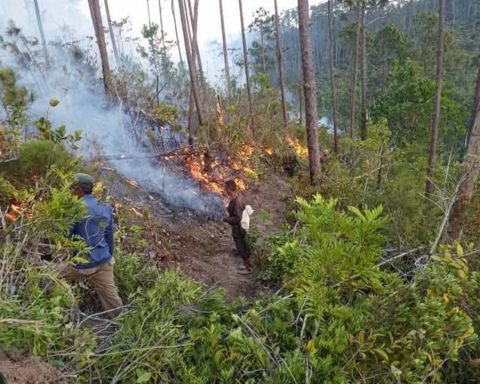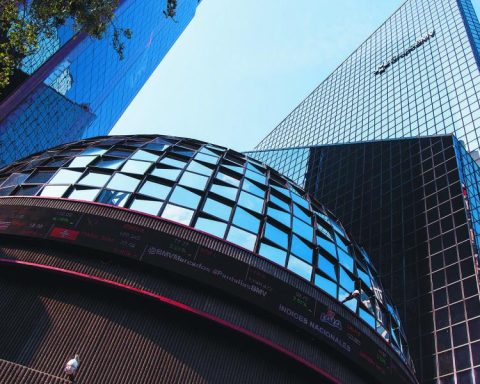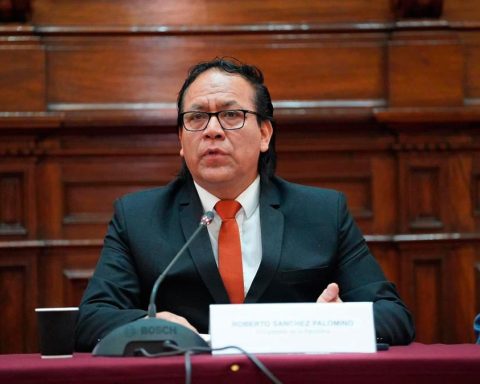Benefiting from the foreign flow, the stock market rose for the third day in a row and reached the highest level since October. The dollar started Thursday at a strong low, but closed with a small drop, close to stability, with the worsening of the exchange market during the afternoon.
The B3 Ibovespa index closed today (27) at 112,612 points, up 1.19%. Foreign investors entered the market today buying shares of Brazilian companies, making the indicator move against the US stock exchanges, which closed down.
The Ibovespa accumulates a high of 7.43% in January. On the last day 5, the indicator came to accumulate a fall of 3.64%, starting a recovery trajectory since then.
After rising yesterday (26), the commercial dollar ended the day sold at R$ 5.424, with a slight decrease of 0.32%. At the low of the day, around 11:15 am, the US currency even dropped to R$5.35, as investors took advantage of the quotation below R$5.40 to sell dollars. However, external pressures during the afternoon brought the currency closer to stability.
With today’s performance, the commercial dollar accumulates a drop of 2.73% in 2022. On January 5, the currency closed at R$ 5.71, the highest level of the year.
Yesterday, the Federal Reserve (Fed, US Central Bank) confirmed that it will increase basic interest rates in the United States in March and that it should promote readjustments in at least four meetings this year. The Fed also indicated that it may end its debt-buying program, in place since the start of the Covid-19 pandemic, sooner than expected.
Although higher interest rates in advanced economies encourage the outflow of resources from emerging countries, some investors understand that the effects of monetary tightening in the United States are already priced in (incorporated into asset prices). This has increased the interest of international investors in emerging countries, attracted by cheap financial assets.
*With information from Reuters
